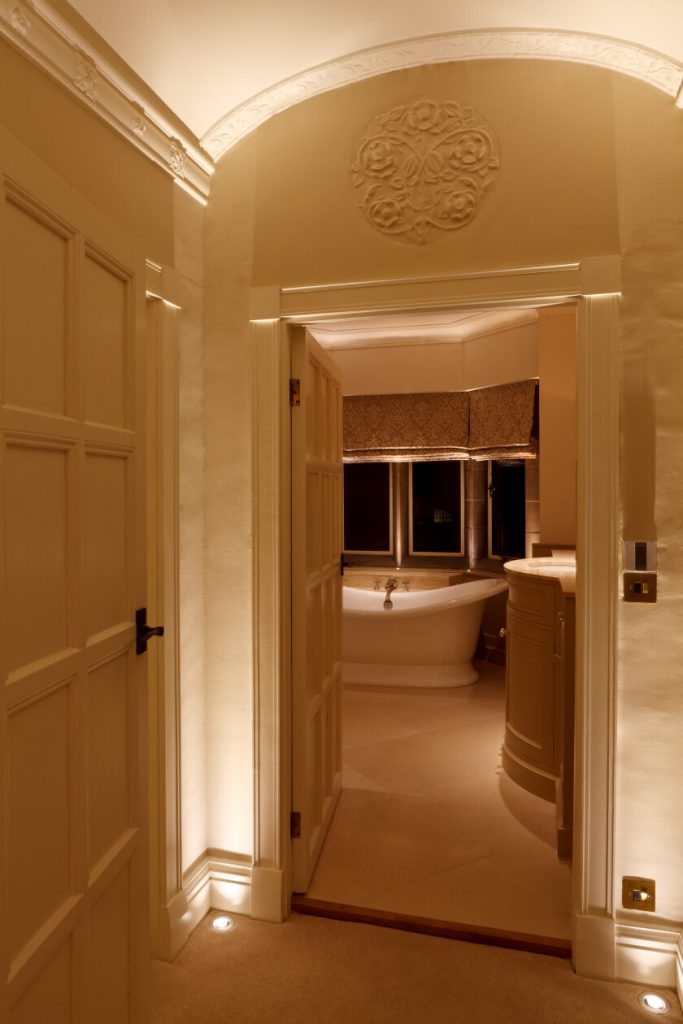What is the difference between the dimming types?

With the advent of LED technology more attention needs to be paid to the way light fittings are controlled. Switching LEDs is very straightforward but dimming is a bit more complicated. There are different ways of dimming (see below for the different dimming types) and the type of LED Driver needs to be matched to the control system in use. It is also recommended to test drivers and dimmers together; even if theoretically compatible, they aren’t always so in practice. We ensure that the fittings and drivers we supply work together well.
Dedicated LED lighting (i.e. not retrofit lamps) isn’t generally compatible with the rotary type resistive dimmers commonly installed in residential properties. These legacy dimmers will need to be replaced with an alternative system to facilitate dimming.
Different Dimming Types
Switched Mains (Non Dimming)
If you don’t need to dim your LED fitting then this is the driver type to choose. These drivers will work with conventional on / off light switches or lighting control systems.
Mains Dimming (Leading Edge)
This method of dimming is most commonly used for Electronic Low Voltage transformers typically used for Halogen lamps. Rarely used for LED fittings and frequently troublesome with LED. No control cable is required.
1-10v Dimming
This method often works very well for dimming dedicated LED fittings when coupled to a 1-10V dimmable driver. Dimming is often smoother and lower than mains dimming options. It requires a separate ‘control’ cable to be run from the controller to the fittings driver.
Mains Dimming (Trailing Edge)
Mains Trailing Edge dimming can be used to dim most dedicated LED fittings when coupled to a mains dimmable driver. No extra control cable is required.
DMX
DMX is commonly used for colour programmable fittings. The DMX signal is generated by a lighting control system and requires dedicated cabling between the controller and driver. DMX is generally used with professionally designed lighting control systems.
DALI
DALI (Digital Addressable Lighting Interface) has been more commonly found in commercial environments and is a digital system. It is very flexible in its deployment and use. As with the 0-10V system it requires a control cable, but with DALI this cable can be run between many fittings. DALI is generally used with professionally designed lighting control systems. We are increasingly using DALI in residential lighting projects for its superior dimming, flexibility, cost-effectiveness and simplified wiring structure.
Understanding the different dimming types is critical to the success of any lighting project. As part of our lighting design service we can supply lighting control systems with matched drivers and dimmers; if this service would be useful please contact us. For more information on the different dimming types have a look at The Lighting Buyer’s Technical Reference Guide
